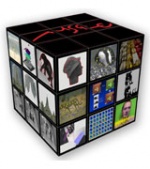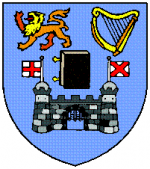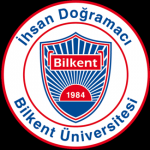Background
 |
One important achievement of the Muscle group is the Muscle Network of Excellence, partially funded by the European Commission (FP6-507752, 1 March 2004 - 29 February 2008), managed by ERCIM and coordinated by Eric Pauwels (CWI, NL) and Nozha Boujemaa (INRIA, F) |
 |
The Signal & Images Lab at ISTI-CNR (SI Lab) is working in the fields of signal processing, image understanding and artificial vision. Sensorial information is increasing its importance in both our everyday lives and the most advanced technological and scientific contexts. In particular, visual and audio information is becoming the most significant part of the global information to be processed, understood and manipulated. Our general goal is to increase the knowledge in signal processing, image understanding and artificial vision. This will be achieved by studying and developing models, methods and machines for the formation, processing, analysis and recognition of images and signals, and by applying them to several areas of scientific and technological interest. |
 |
The AYIN project-team (Ayin) is located at INRIA Sophia-Antipolis Méditerranée and aims to provide image processing tools to aid in the solution of problems arising in a wide range of concrete applications in Earth observation and cartography, for example cartographic updating, land management, and agriculture, while at the same time advancing the state of the art in the image processing methods used to construct those tools. An important recent theme, for example, is the incorporation of geometric information into stochastic and variational techniques, in the probabilistic case via the use of stochastic geometry, and in the variational case via the use of higher-order active contours. |
 |
TAU-VISUAL specializes in the extraction and processing of visual information from video and still images. The group has substantial expertise in the use of variational methods to solve fundamentally difficult problems, such as restoration, registration and segmentation of images and video. Typical application domains include medical image analysis, image retrieval, video analytics, environmental monitoring and 3D image acquisition. |
 |
The Computer Vision and Multimedia Laboratory (CVML ) of the University of Geneva is divided into three groups and carries out research in multimedia data processing, multimedia data management and security, as well as in multimodal human-machine interaction. Content-based Visual Indexing and Retrievalgroup: develops strategies for the efficient indexing retrieval and exploration of large multimedia databases. Stochastic Information Processing group: studies various aspects of information theory and statistical (stochastic) information analysis and processing. Multimodal Interaction group: studiesvarious forms of interaction between humans, computers, and environment. Some considered interaction modalities are haptic, auditory, and based on physiological signals. Current developments concern: affective state determination and emotion recognition and their use for affective computing, multimodal interaction, brain-computer interfaces, mobility aids for sight handicapped people,object identification and authentication based on unclonable object features in large nonstructured databases, indexing and retrieval in very large multimedia databases, privacy preserving search, indexing and multiclass classification. |
 |
The School of Computer Science and Statistics in Trinity College Dublin has two collaborating groups, GV2 and Statica, that carries out activities on multimedia data (e.g. images, video and sound), sensor network data (e.g. road trafic, communications networks, camera network, motion capture) and environmental data (e.g. weather). STATICA focuses on Bayesian inference to solve statistical problems that arise in computer science, information systems and telecommunications focusing on developing statistical techniques to analyse large and complex data. GV2, the Graphics Vision and Visualisation group, has expertises in computer graphics, computer vision and all aspects of visual computing. GV2 was formed in 2006 with the integration of two longstanding TCD research groups: the Image Synthesis Group [ISG], established in 1993, and the Computer Vision and Robotics Group [CVRG], which was established 1983. |


